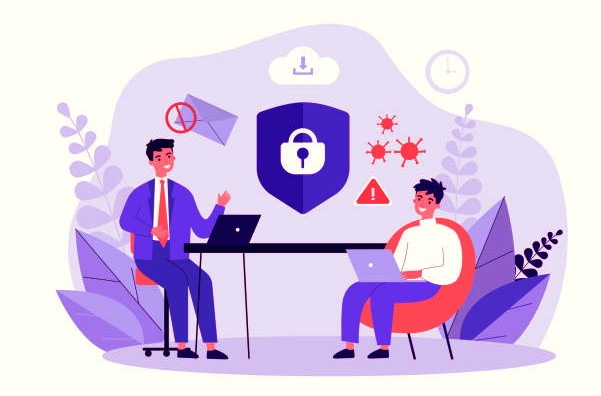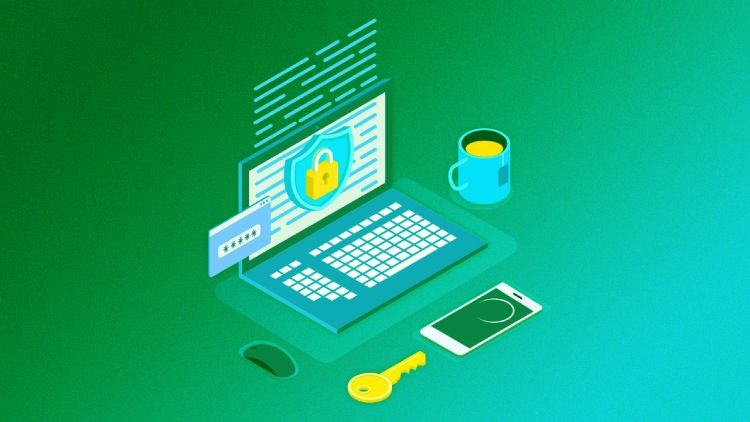Don't Make These Four Assumptions When It Comes To Anti-Phishing Protection
Phishing is an ever-growing issue that businesses must take seriously. It’s a type of cyber attack that uses deceptive emails and websites to acquire sensitive data, such as login credentials and financial information. Without proper protection and security measures in place, phishing attacks can be incredibly successful. Unfortunately, many organizations are making assumptions about the effectiveness of their anti-phishing protection which can lead to major security breaches.
In this blog post, we will take a look at four of the most common assumptions that are preventing organizations from having effective anti-phishing protection. We will discuss why these assumptions are dangerous, as well as how businesses can tackle them in order to prevent phishing attacks.

1. Phishing is limited to email, so anti-phishing protection should be limited to email
People have probably seen their fair share of phishing emails offering free goods and services if you just click here now. Security and IT teams have been working on employee and consumer training to help individuals recognize these sorts of emails. And rightly so, as reports reveal that 94% of malware is delivered through emails out there today.
While anti-phishing email protection is important, security teams often hold the false belief that email security prevents email phishing in its entirety. In reality, email phishing occurs wherever digital interaction occurs on the internet and on social media.
In order to distribute a phishing message using an email, the actor must first set up the domain name for the assault. In scouting for a perfect bargain, attackers cast a wide net when they search for means for sending this letter. Email can be the easiest source thanks to its relative affordability and simplicity of setup. Email address blocked? Do so with a custom email setup and carry on.
2. Spam filters, blocking and deleting are an effective anti-phishing strategy
The latest approach to handling phishing efforts, especially via email, is that which we frequently name playing whack-a-mole. Combined with blocking and deleting emails targets individual threats, yet does not subdue the infiltrating attack. Efforts aren't being made to cultivate the cause at the domain of the attackers, which will be ongoing as usual. These attacks will be nearly indistinguishable from one another.Look at anti-phishing policies.
In addition to blocking individual addresses and deleting maliciously made posts, work with domain registers to have the malicious domains associated with those individual addresses, or the phishing links themselves, taken down. It keeps threats from being accepted in the future, opting to minimize the possibilities of a subsequent attack.
3. Phishing requires sophisticated attackers
Phishing requires sophisticated attackers is largely untrue. While it is true that highly sophisticated attackers are capable of launching sophisticated phishing attacks, the majority of phishing attacks are found by novice attackers who use readily available tools and techniques.
Even the simplest phishing attacks can be successful if the attacker is able to reach their target and coerce their victim into providing sensitive information. It is important to note that phishing attacks do not require a high level of technical ability and organizations should be aware of the risk posed by novice attackers. Ultimately, organizations should assume that any phishing attack could be successful and take the appropriate steps to protect their data and systems.
4. Phishing is something we can address on our own
It is essential to understand that phishing can be quite sophisticated and difficult to identify. Organizations should have a well-defined process for identifying and responding to phishing attacks. This should include several layers of protection, such as email filtering and security policy enforcement, as well as training and awareness programs to help users spot phishing attempts.
Also, organizations should have a response plan that covers incident detection, investigation, containment, eradication, and recovery. Taking these measures can help organizations better protect themselves from phishing attacks.

In the end, it's important to be aware of the assumptions that are preventing effective anti-phishing protection. By understanding the problem and making the necessary changes to your security policies and procedures, companies can ensure that they are taking the right steps to protect themselves from malicious phishing activities. With an effective strategy in place, companies can ensure that their data and employees are safe from any potential phishing attacks. To know more about anti-phishing, visit phishprotection.com.